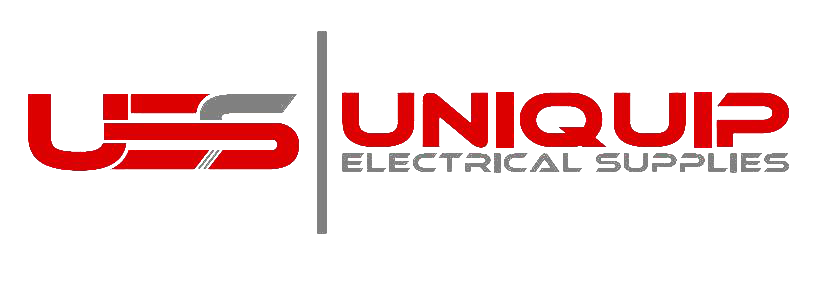Clothing Part 2: Shirts and Pants

Welcome to week two in May – it’s cold, wet, and windy. So, if you need a refresher on how to avoid injury in these cold months, see last month’s posts. But, this week we are going to talk about your clothing.
Here at EGT, our uniforms are provided to you. Which means, long shirts, long pants, and the other accessories that come with it as well (which we will go into next week). The reason behind the idea of ‘long and longs’ is to protect you – not just from the cold in these cold months (as we wear them year ‘round), but because it can save you from cuts, burns, scrapes, and of course the sun. And yes, the sun can still burn you in the middle of winter.
Similar to last week’s post, we want to make sure you are all keeping your uniform in good condition, so it will continue to protect you. So here are some handy tips to keep it in good order, and to keep you looking professional as well.
Check for Holes
Similar to boots, clothing can’t protect you if it’s got more than the required amount of holes for you to use to put it on. So, if there are holes, tears, and damage to the clothes which may put you at risk, it’s time for a new item. For example, if your shirt has a tear in the sleeve, then this might get caught on something on site, or might raise your risk of exposure to the elements. It might also leave you open to burns, or for something hot to actually get inside your clothing and badly burn you. So check for those holes, and get them sorted!
Make sure they fit correctly
Correctly fitting apparel is critical in keeping you safe. For example, if your pants are too tight, then they may restrict movement, which could be dangerous on site. If they’re too loose, then they may slip down and cause you to trip. A simple thing like wearing a belt can help in the latter, in the former new pants may be required. Similarly, shirts which are too big on you not only look unprofessional, they can hang down past your hands, or billow out from your side which can cause you to be caught on something you’re working on. Both easily avoidable!
Check the materials
Different jobs require specific clothing and ratings. For example when working with electricity it is recommended in the safe working guidelines for electrical workers that Clothing should be equivalent to 185gsm 100% cotton, have non-conductive and concealed buttons and be long and long. When working in certain areas especially around batteries you could require correct category arc rated clothing. Always check what clothing is required for your task and what materials it needs to be made of etc. Reminder that EGT gives its apprentices 100% cotton uniform and the uniform shop is available by appointment.
Keep them clean
We know – working on site is dusty. It’s hot, you sweat, and you spill your quarter chicken and chips at lunch on you. It happens. But, no one likes riding in the van with someone who doesn’t take care of themselves. If you work with silicones or other materials you may be tempted to wipe off on your clothes, perhaps have a rag or golfing style towel clipped to your belt. So make sure you wash your uniforms regularly, to keep odours away. And, most importantly, to make you presentable to clients, your employer, and as a representative of EGT.
So there you go - a few tips to keep your pants and shirts in tip-top shape, to keep you safe on site.
















